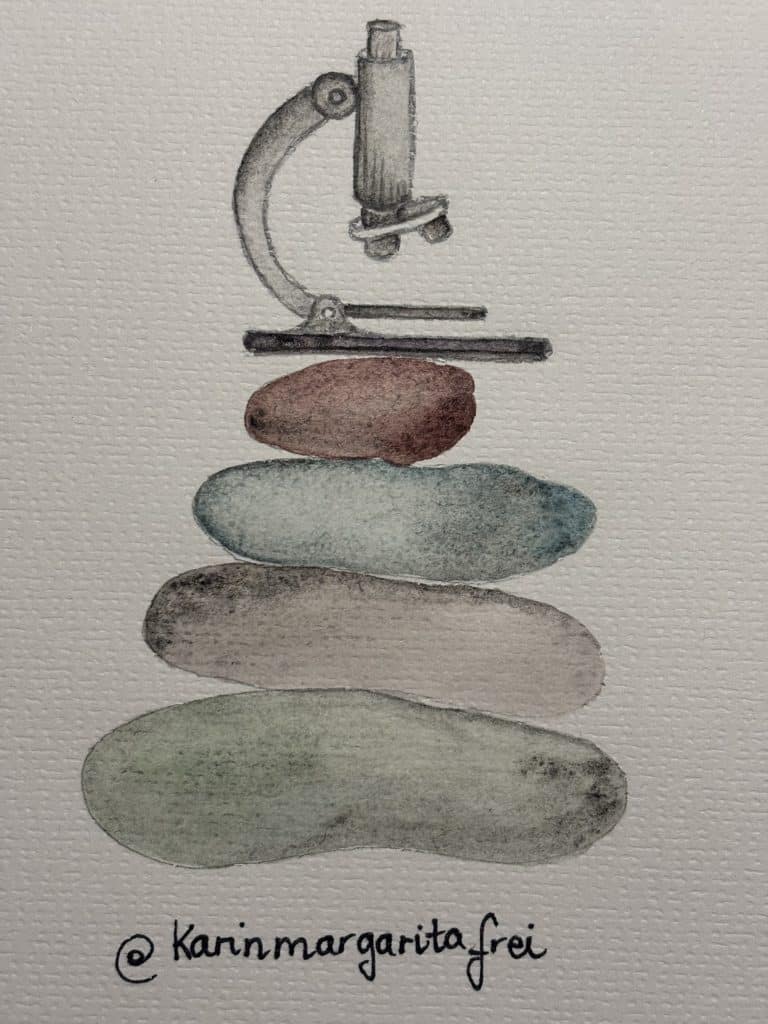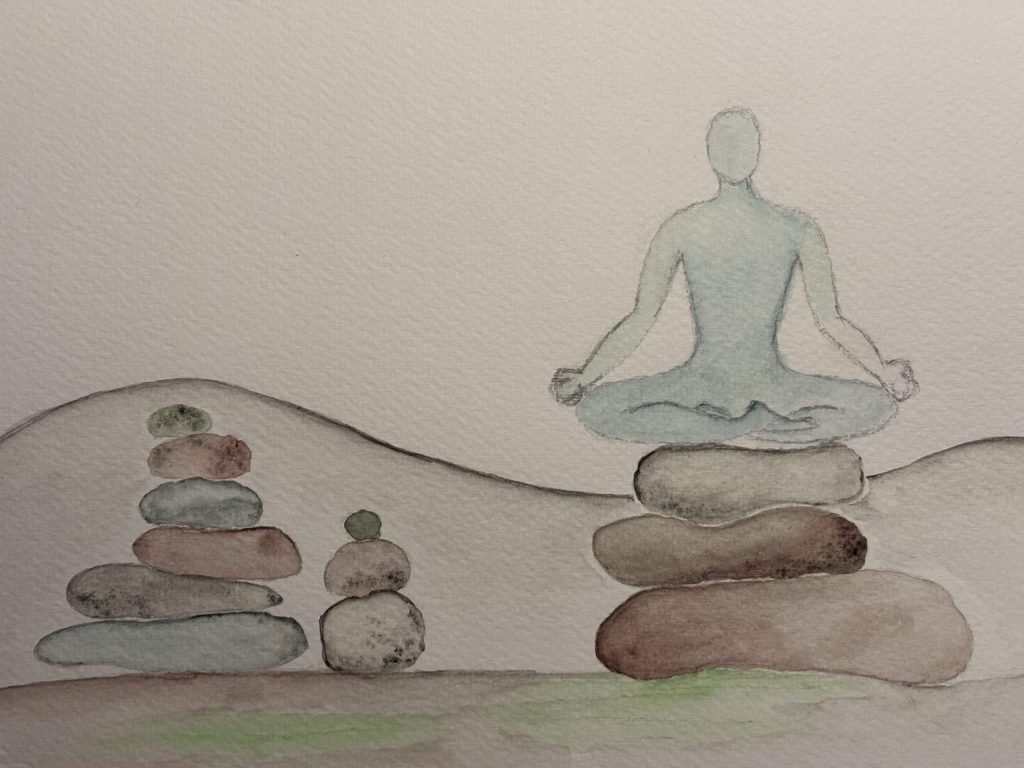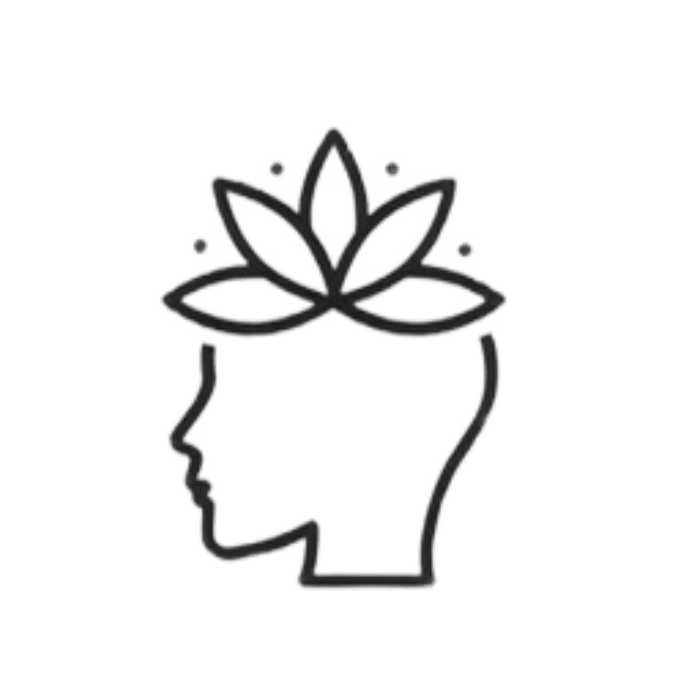Stress and burnout are increasingly common challenges among academics and researchers, highlighting the need for innovative solutions to restore balance and well-being. Inspired by the ‘Quiet Hours’ initiative implemented by museums worldwide—designed to encourage deep reflection, stress relief, and personal connection with art and history—I propose integrating ‘Quiet Moments’ in our daily professional routines. These intentional pauses can promote mental clarity, alleviate stress, and support a sustainable and balanced approach to academic and professional life.
This post is part of my #HarmoniousLivingSeries, where I share insights and tools that helped me overcome burnout and cultivate a deeper sense of balance. I hope it inspires and equips you with actionable ideas to bring more harmony into your life and work.

“Burnout and elevated stress levels are an inherent issue in academia.”
— The Oxford Scientist 1Karin
A few days ago, I read an article entitled “Stress-Free Museum Visits? How ‘Quiet Hours’ Are Changing the Game,”2 which unsurprisingly caught my attention. Because, not only do I work as a full professor in a museum, but my own experience with burnout has underscored the importance of integrating “Quiet Moments” into my daily life. The title of the article, indicating that integrating “Quiet Hours” in museum visits could be a game-changer, gave me hope for introducing a similar concept within the academic working environment.
For some, it might sound surprising that implementing “Quiet Moments for reflection” in an academic environment could seem novel, as it is often assumed to be an inherent part of the academic DNA. However, as several articles and studies reveal, the modern academic environment has become a highly stressful space where such “Quiet Moments for reflection” are no longer an integral part of an academic’s life. As the Oxford Scientist puts it in an article from 2023: “Burnout and elevated stress levels are an inherent issue in academia. This is promoted by deeply ingrained values of research institutions that reward excellence based on the number and impact of a researcher’s publications. This issue persists throughout all stages of an academic career, including the achievement of a full professorship, which is awarded depending on one’s renown in a given field.”1 The title of this article encapsulates the problem in a few words: “Too stressed for success: The academic epidemic.”1
Just as museums are recognizing the value of creating “Quiet Hours” to foster reflection and reduce stress, academics too can benefit immensely from intentionally carving out periods of quiet, reflective time in their professional lives. The relentless demands of academia—deadlines, teaching, supervising, mentoring, outreach responsibilities, grant applications, committee and administrative work, and the constant pressure to produce high-quality research and publications—leave little room for respite.
In my experience, the current academic environment does not naturally allow for “Quiet Moments” unless we intentionally carve out space for them. However, I have discovered that dedicating time to these moments is not merely an act of self-care but also a valuable investment in my work. These quiet periods cultivate clarity, and that clarity, in turn, serves as a positive driving force for research output.

I am not suggesting this is easy. On the contrary, I know from personal experience how incredibly difficult it is to carve out these moments—or even extended hours—in a schedule that is already overflowing. However, I also know that without such periods of quiet, we risk succumbing to chronic stress, which can ultimately lead to burnout. As Professor Maggie Berg and Barbara Seeber emphasize in their book The Slow Professor, “We propose we need not time management, but timelessness.”3
Since returning to work six months ago, I have consciously integrated “quiet moments”—or as Berg and Seeber describe it, time for “timelessness”—into my daily life. This was a deliberate choice to prioritize these moments. I now view them as equally important as my active work hours. Both are productive, albeit in fundamentally different ways.
The “Quiet Moments” offer me profound clarity, creating a fertile space where innovative ideas can emerge. When they do, I engage my analytical mind to shape those ideas into actionable outcomes. These moments of quiet have become an essential part of my work process, providing clarity that fuels creativity, innovation, and problem-solving—all in harmony with my core values.
In essence, these “quiet moments” are not just an indulgence but a vital investment—one that enhances my performance as both a researcher and a human being.
I propose that integrating “Quiet Moments”—and eventually “Quiet Hours”—into the academic working environment could serve as a meaningful way to consciously slow the relentless race towards the notion that “more is better.” Instead, this practice allows us the time to reflect on what “better” truly means for each of us. While some may dismiss this idea as utopian, I believe taking this first step is essential to creating an academic culture that prioritizes both well-being and high-quality research output.
Integrating these “quiet moments” into my daily life remains a journey of ongoing learning. Some days flow more smoothly than others. I start each day with 10–20 minutes of silence or meditation, and while practice makes this habit easier, I still encounter days when it’s challenging to maintain my intention to pause for breaks and create “quiet moments” throughout the day. To help, I’ve placed a sticky note on my computer as a gentle visual reminder.
Despite the challenges, the results have been both tangible and profound. These quiet moments are enhancing both my work and my overall sense of well-being.
Based on my experience, I can confidently say that working to integrate “Quiet Moments” into our daily lives is a win-win. It benefits both the quality of our work and our personal well-being.
Let’s embrace the “timelessness” that allows us to thrive—both as scholars and as individuals seeking balance in a demanding world.
I wholeheartedly wish for you a life where you grant yourself the space to create ‘quiet moments’ and connect with the wisdom within you.
Karin
References:

I believe in…
Living harmoniously, Working passionately
Join me on this journey toward clarity, passion, and harmony.
A journey based on aligning with your inner self and true values. This is a place for those who seek inspiration to find that part within themselves that longs to live in harmony.
Let reflection, observation, self-inquiry, and inner silence become your key tools to become your authentic self.
© Karin Margarita Frei | 2024 All Rights Reserved.
Designed and developed by Hannah Clausen & Oliver Frei